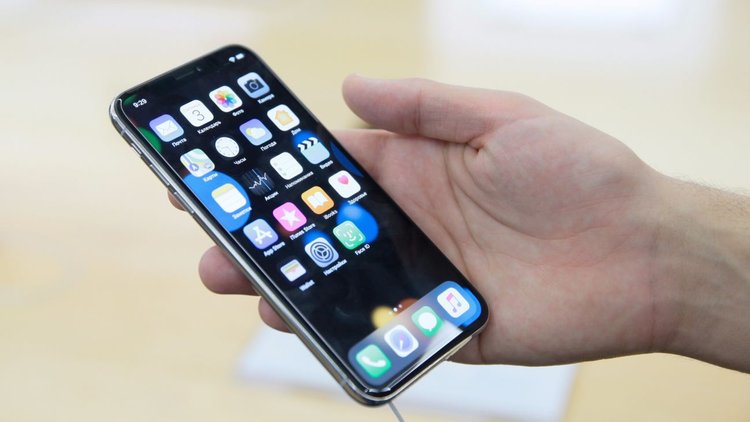The second answer to the question is that Apple creates storytelling-driven content experiences. What you make happen is your differentiator, and it's what makes people care about you and your brand." Not every company is able to emulate this example, but Apple provides a shining example of how to transform product messaging into an authentic conversation. Forming connections through products is not as effortless as Apple makes it seem. Of course we might feel that creating experiences that connect with audiences and emulate the Apples of the world are outside our reach. Talking about authentic conversations is one thing, but having them with customers -- and getting customers to have them with one another -- is another beast. Apple transcends boring business presentations by connecting with audiences through storytelling and delivering content experiences that feature customers. The company isn't the hero that carries customers into the promised land; it's the mentor that shows customers the path toward enlightened, fulfilling lives. Creative pros will be responsible for showing customers how to use Apple's products and how they can use those products to lead better lives. Create content experiences that fulfill a promise.

After months and months of hype and rumors, Apple last week finally released its highly anticipated iPhone X to throngs of eager shoppers. The $1,000 smartphone is expected to be a hot commodity this holiday season, and Apple shares are expected to hit an all-time high as the company’s new device goes on sale.
Back in September, Apple lifted the curtain on this latest evolution of the iPhone (among other things). And, as always, the keynote event was simultaneously a two-hour advertisement, business announcement and entertainment forum.
How exactly does Apple entice customers to watch a feature-length commercial when today’s Netflix and DVRs encourage audiences to eschew everything but their chosen content? There are a couple of answers.
The first harkens back to Simon Sinek’s Start With Why presentation from 2009. Apple has a rapt audience because it has connected with people who share its beliefs. The tech giant no longer uses its “think different” tagline, but Apple leadership still manages to do just that.
The second answer to the question is that Apple creates storytelling-driven content experiences. This was on display during the latest Apple Event, particularly when presenters spoke about how the Apple Watch leverages technology to help people take charge of their health. Instead of beginning the Apple Watch presentation with an overview of its features, the company told stories about how the technology affects people’s lives.
Park Howell from the consulting company Business of Story summed up this approach perfectly, saying, “It’s not what you make; it’s what you make happen in your customers’ lives. What you make is a commodity. What you make happen is your differentiator, and it’s what makes people care about you and your brand.”
Even though Steve Jobs is gone, Apple remains a premier storyteller in tech. Not every company is able to emulate this example, but Apple provides a shining example of how to transform product messaging into an authentic conversation.
Imitation is the sincerest form of flattery.
Entrepreneurs who attempt to copy Apple’s model without understanding why that model succeeds often do more harm than good. There’s a fine line between operating within the confines of a company’s successful strategy and transforming that success into natural engagement.
It’s relatively easy for a founder to say, “Let’s make our product simple, beautifully designed and tremendously useful.” As Sinek pointed out, Dell did all those things correctly and still lost to Apple. Forming connections through products is not as effortless as Apple makes it seem.
Relying on individual tactics rather than considering total strategy is a risky proposition. Companies routinely make mistakes in content personalization for this very reason. Instead of asking whether to use an overlay or a slide-out widget, we should consider what role those decisions play in the experiences we want to…

COMMENTS